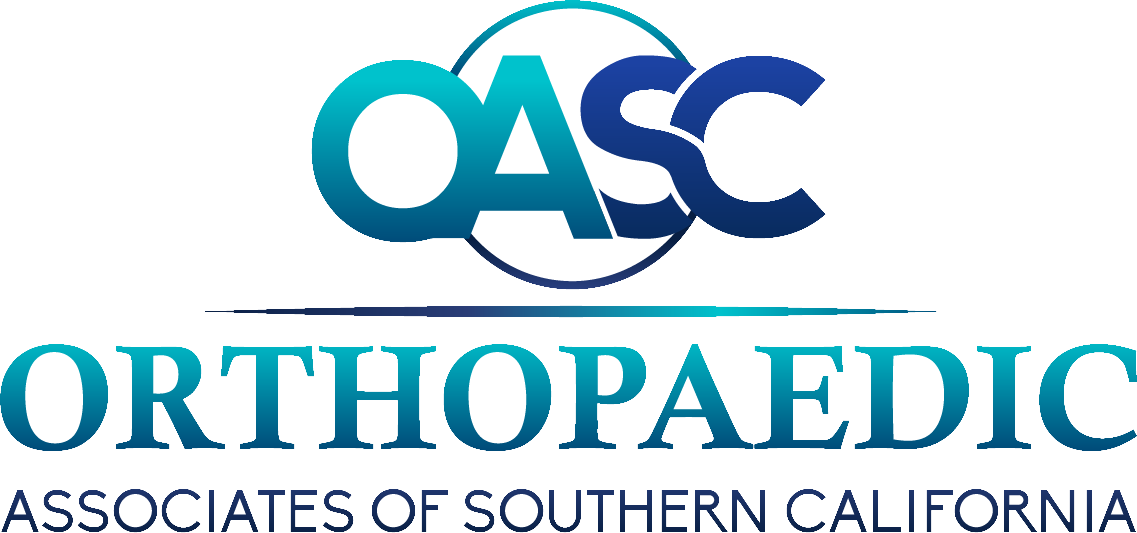Services
Neck and Back Injuries

Neck and Back Injury Q & A
At Orthopedic Associates of Southern California, we understand the debilitating impact of neck and back injuries on your daily life. Our board-certified orthopedic specialists offer comprehensive care for a wide range of spinal conditions. With advanced diagnostic techniques and cutting-edge treatments, we’re committed to helping you regain mobility and live pain-free. Whether you’re suffering from a cervical strain, spondylosis, or sciatica, our team in Southern California is here to provide personalized, effective care.
You might seek treatment for neck and back injuries to alleviate pain, improve mobility, and prevent further damage to your spine. If left untreated, neck and back injuries can lead to chronic pain and complications that can significantly impact your quality of life.
Dr. Richard Lin, DO and Dr. Shail Vyas, MD might recommend treatment for neck and back injuries resulting from:
Dr. Richard Lin, DO and Dr. Shail Vyas, MD might recommend treatment for neck and back injuries resulting from:
- Auto accidents
- Sports-related injuries
- Workplace accidents
- Slip and fall incidents
- Repetitive strain or overuse
What are the different types of spine surgery?
Several types of neck and back injuries can occur. The type of injury and its severity will determine the best choice of treatment to ensure your fastest recovery.
Whiplash
Several types of neck and back injuries can occur. The type of injury and its severity will determine the best choice of treatment to ensure your fastest recovery.
Herniated disc or Bulging disc
Several types of neck and back injuries can occur. The type of injury and its severity will determine the best choice of treatment to ensure your fastest recovery.
Muscle Strains and Sprains
Involves the stretching or tearing of muscles or ligaments in the neck or back. Muscle injury often comes with pain, stiffness, and limited range of motion. Muscle strains or sprains can be caused by improper lifting or sudden movements.
Traditional vs. Minimally invasive neck and back procedures: What’s the difference?
When it comes to treating neck and back injuries or conditions there are two main approaches: traditional open surgery and minimally invasive procedures. Here are the key differences between these two types of neck and back procedures:
What are some examples of minimally invasive procedures?
- Microdiscectomy
- Endoscopic foraminotomy
- Minimally invasive spinal fusion
- Percutaneous vertebroplasty
Spinal fractures
Several types of neck and back injuries can occur. The type of injury and its severity will determine the best choice of treatment to ensure your fastest recovery.
Spondylolisthesis
Spondylolisthesis occurs when one vertebra slips forward over the vertebra below it causing pain, weakness, and numbness in the legs. It may be caused by a congenital defect, trauma, or degenerative changes over time.
Spinal Stenosis
Several types of neck and back injuries can occur. The type of injury and its severity will determine the best choice of treatment to ensure your fastest recovery.
Spinal Cord Injuries
These injuries involve damage to the spinal cord due to trauma or compression. When left untreated, partial or complete loss of sensation and motor function can occur below the injury. Severity depends on the location and extent of the damage.
Minimally Invasive Procedures
- Smaller incisions, often less than an inch long, to access the affected area of the spine.
- Reduced tissue damage due to the specialized instruments and techniques used.
- Faster recovery time..
- Lower risk complications.
- Shorter hospital stays.
- Often made possible with computer-assisted procedures.
Conservative treatments involve:
- Rest with change of physical activity
- Physical therapy
- Anti-inflammatory medication
- Injection therapy
Make an appointment today!
